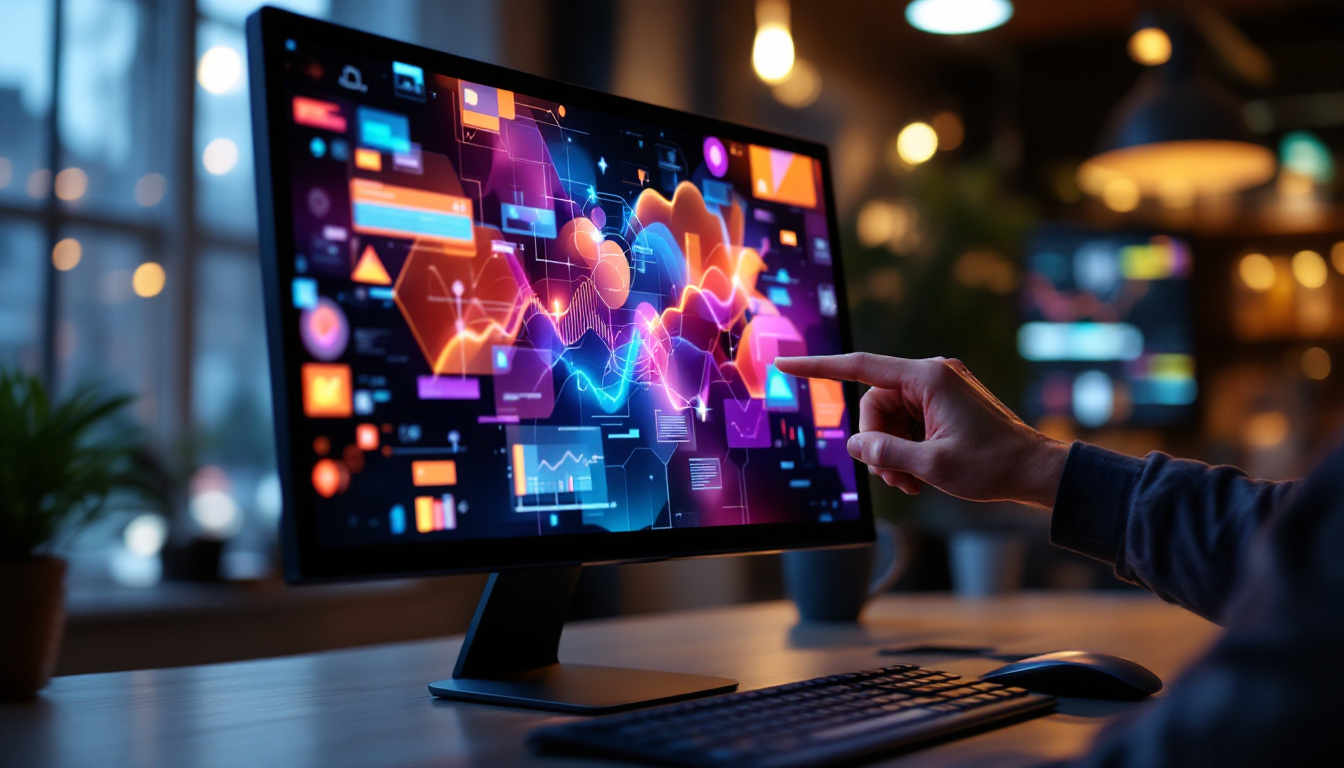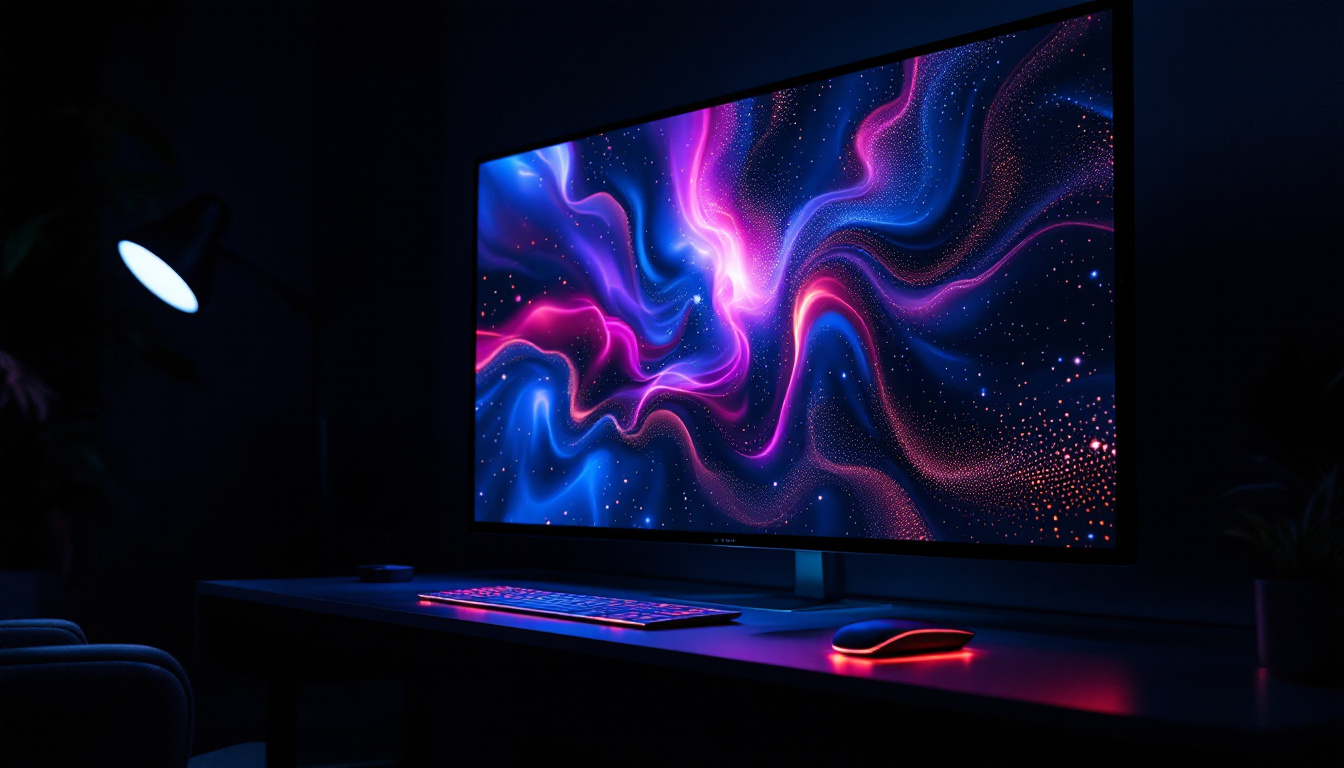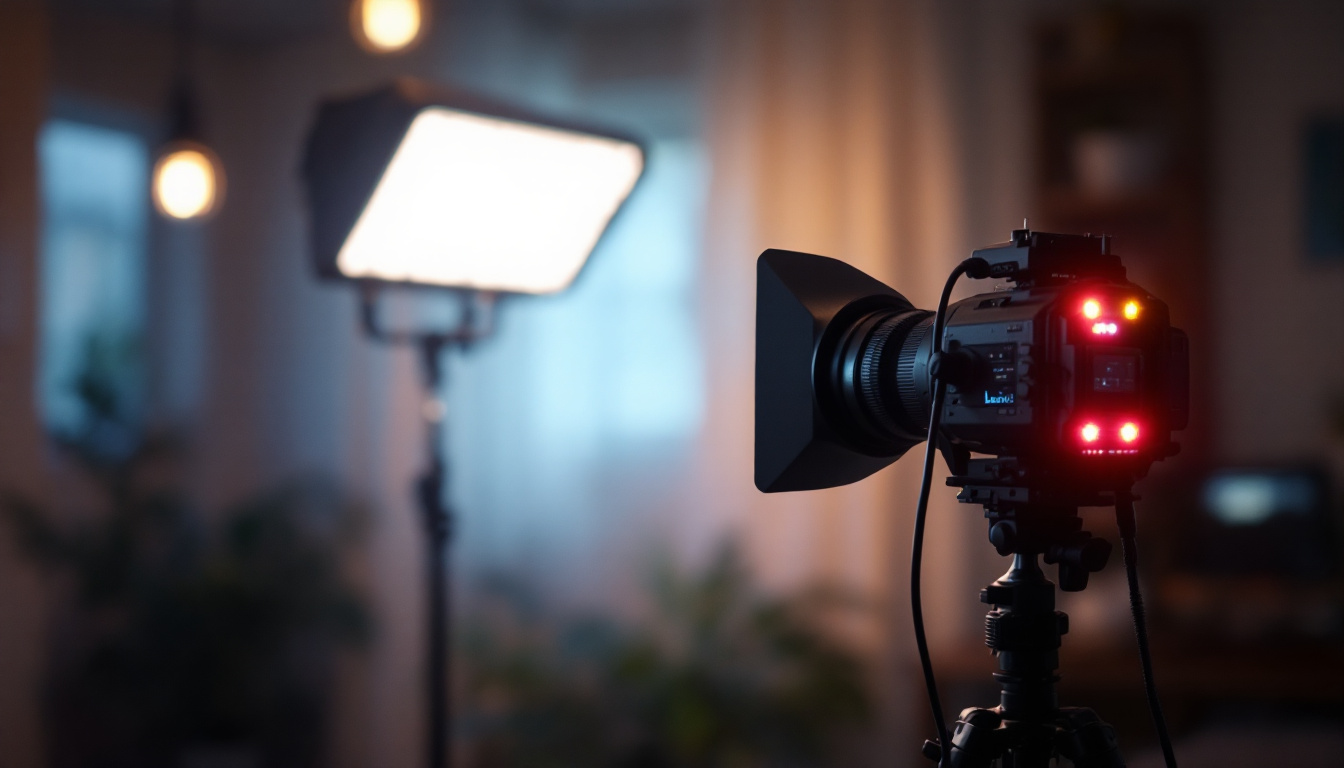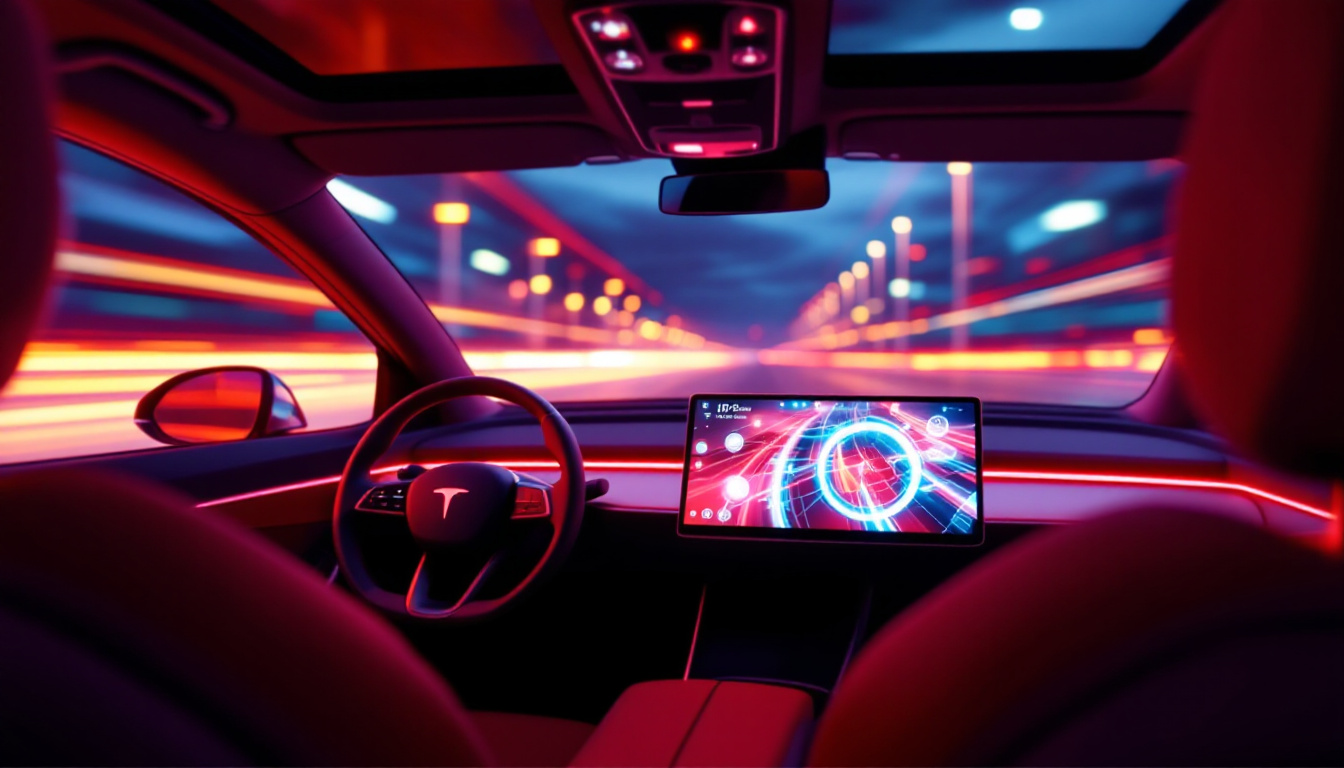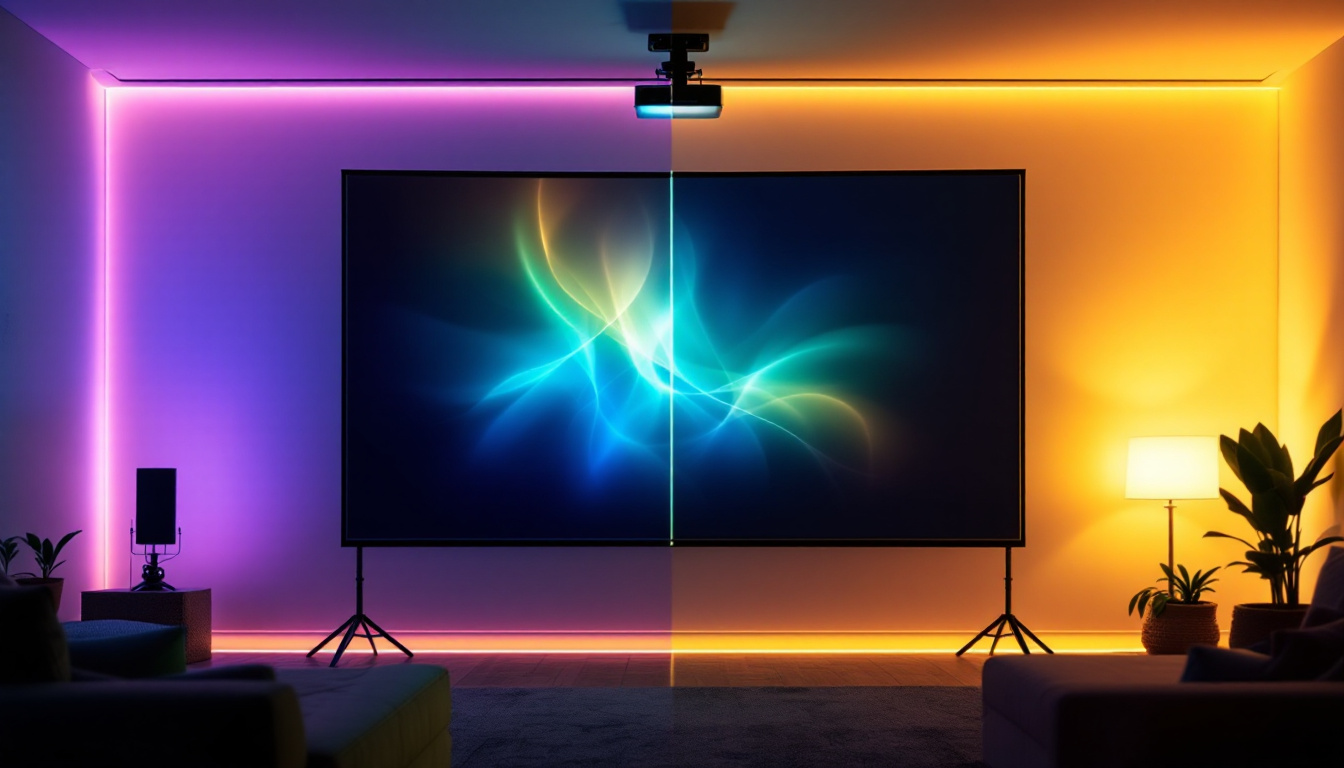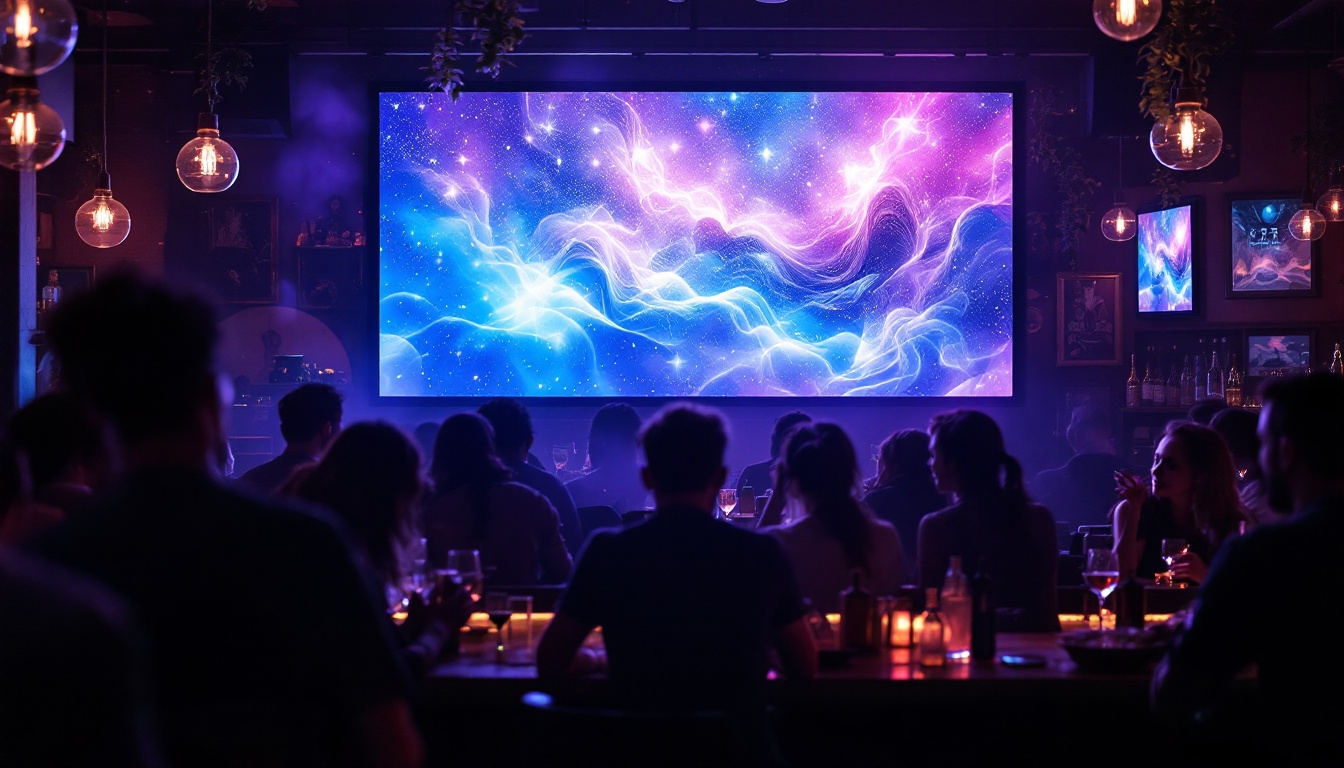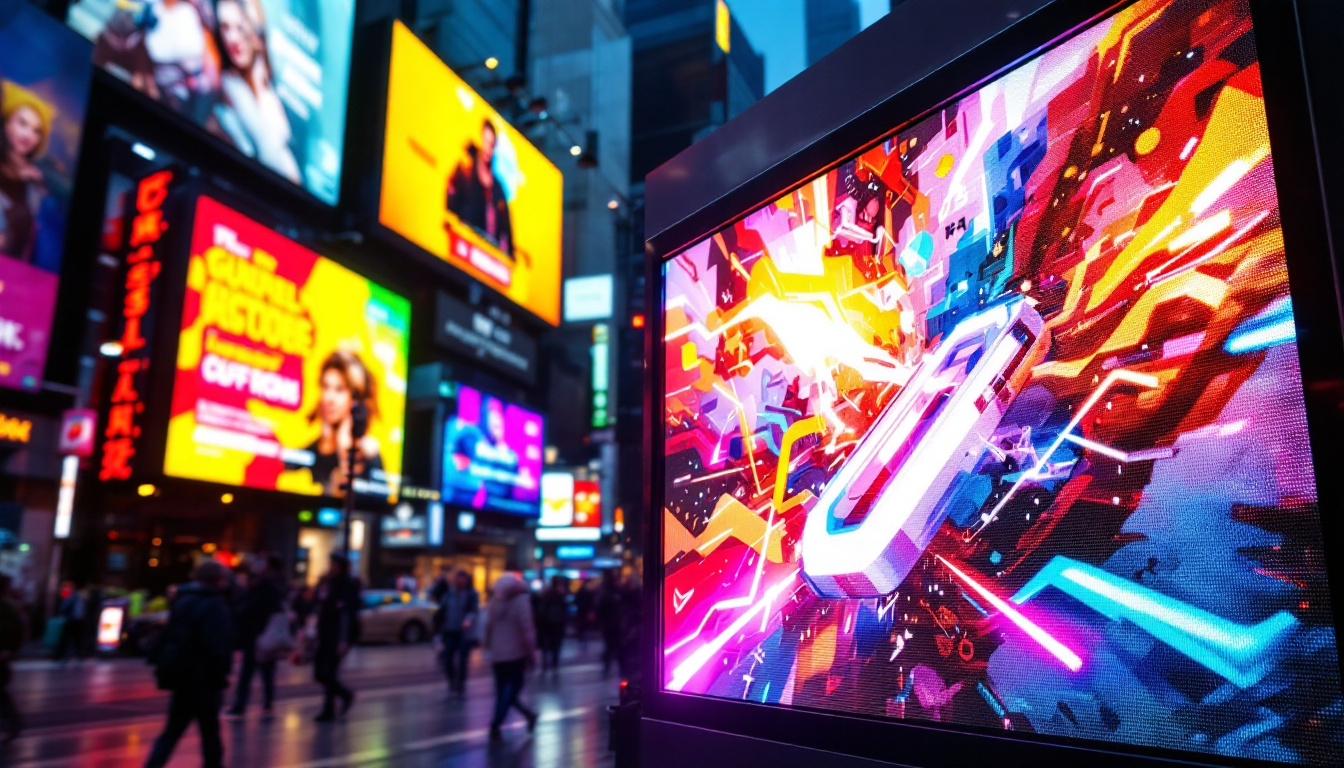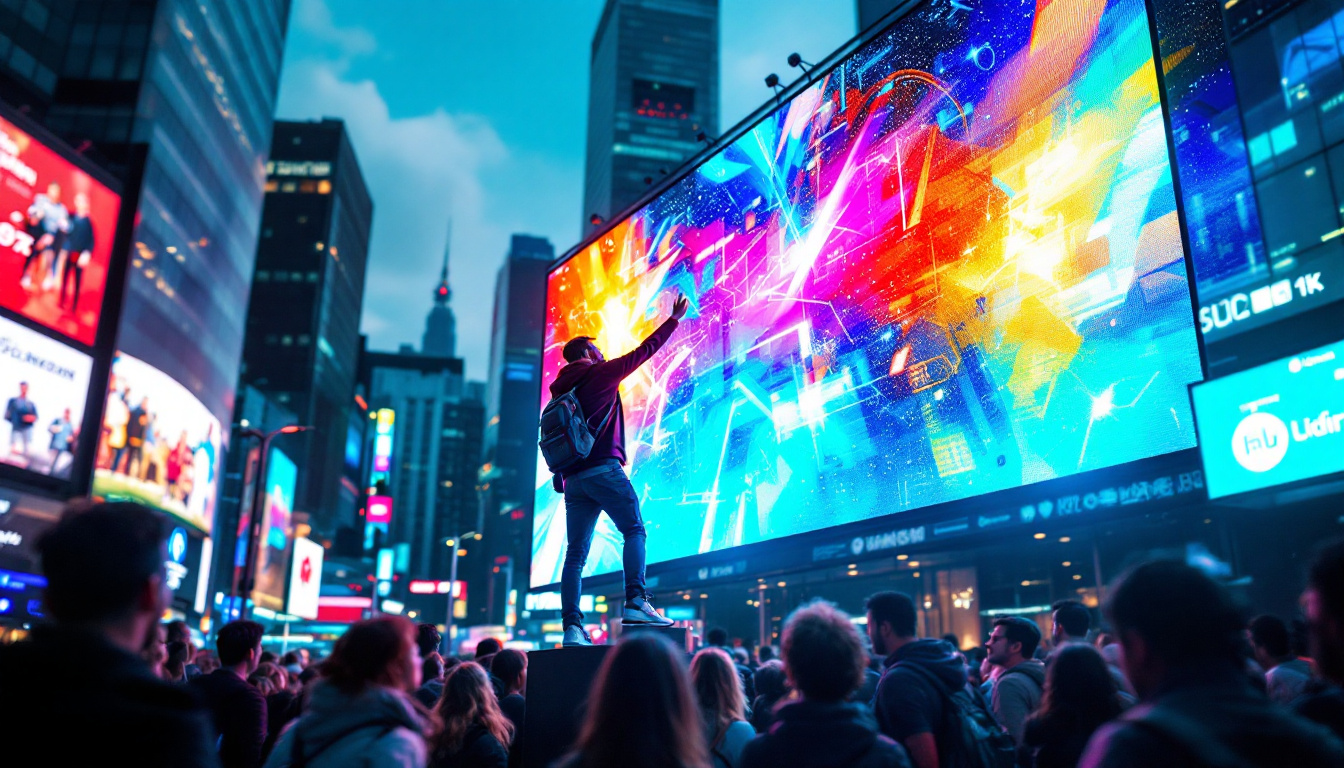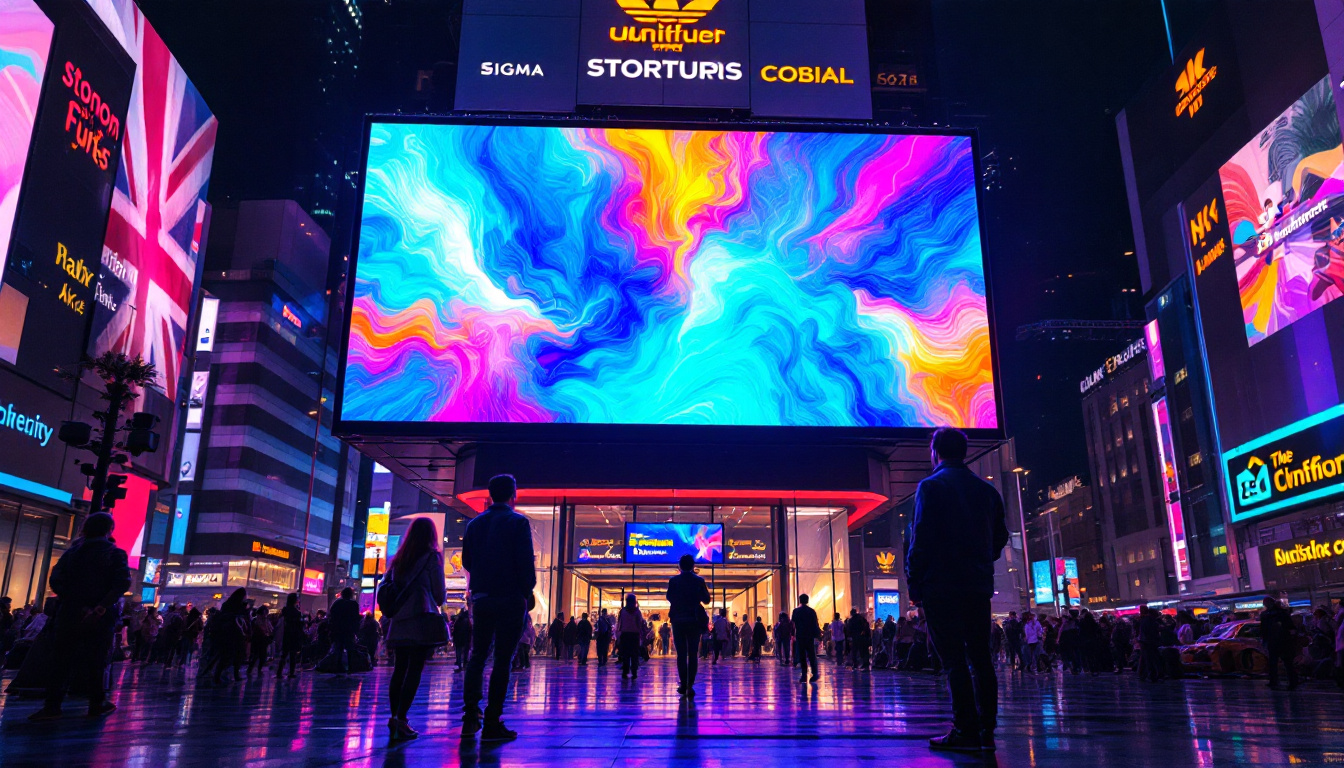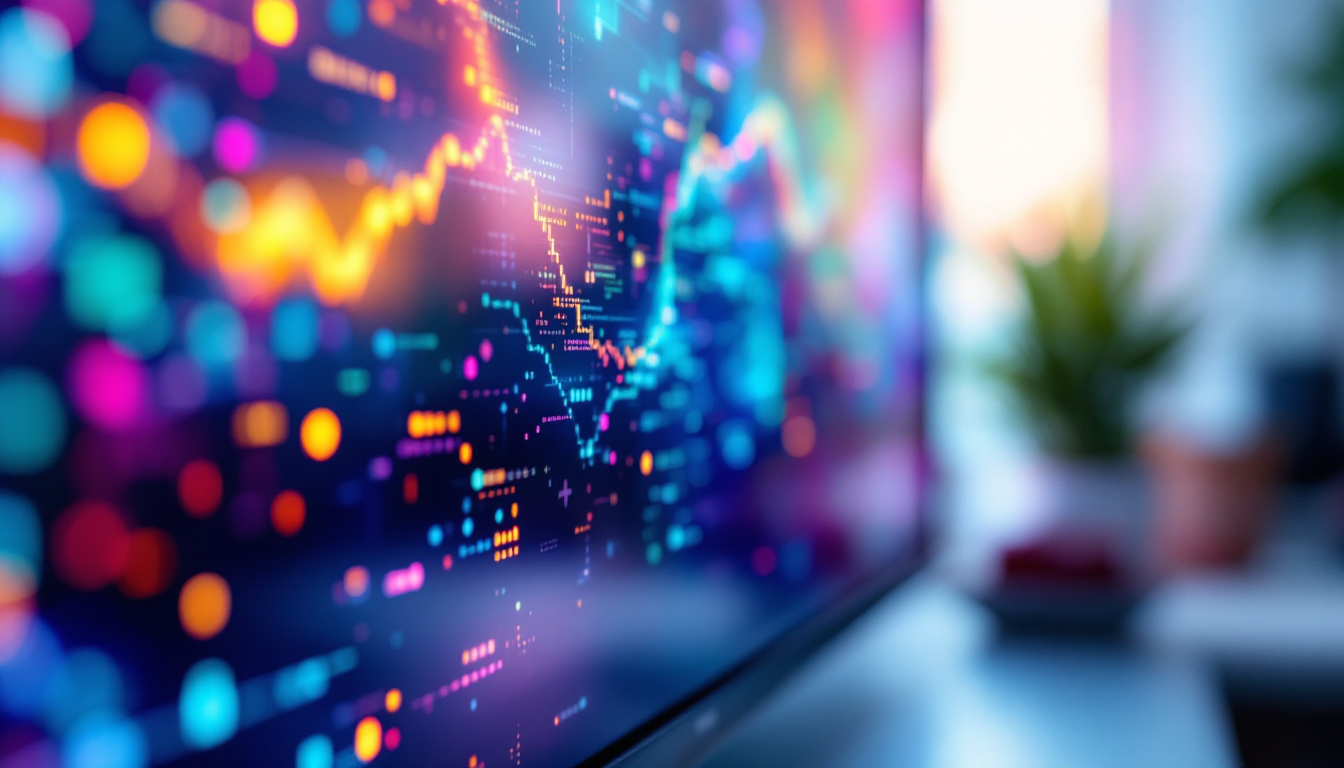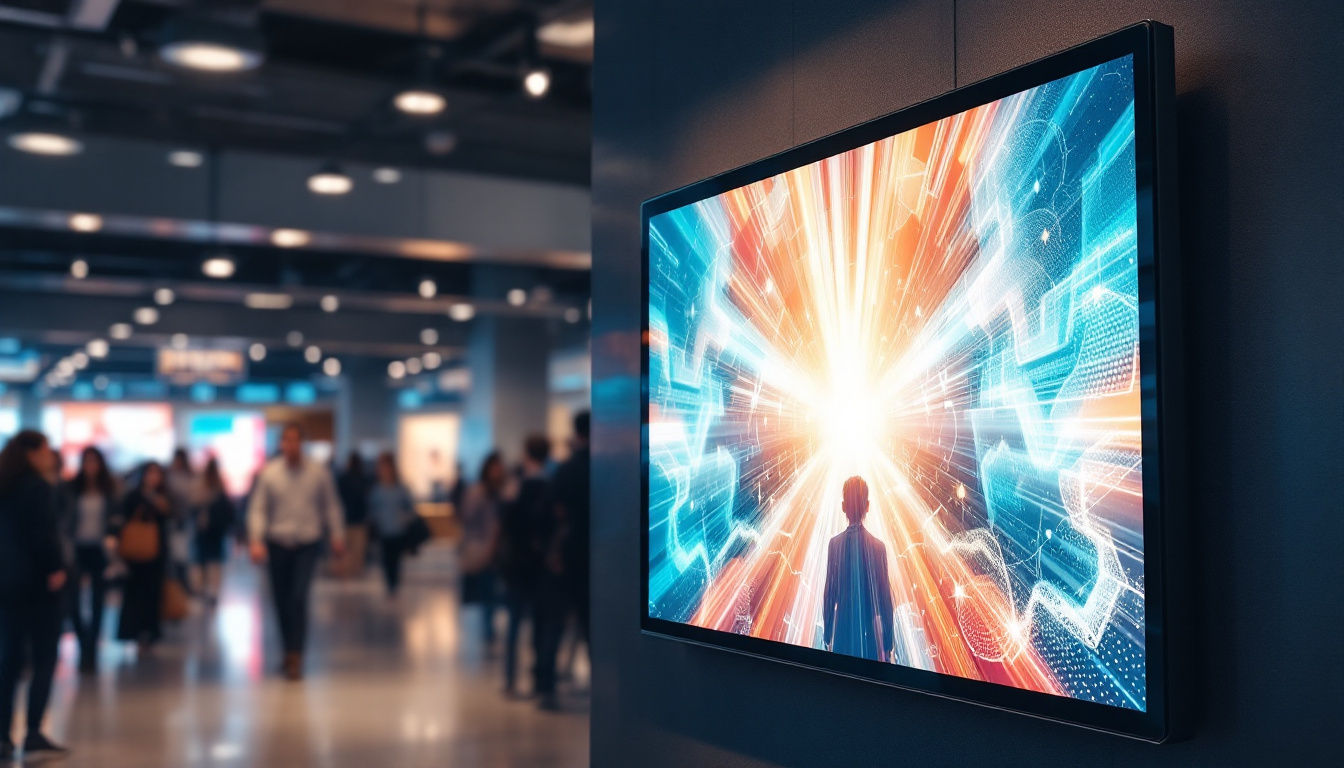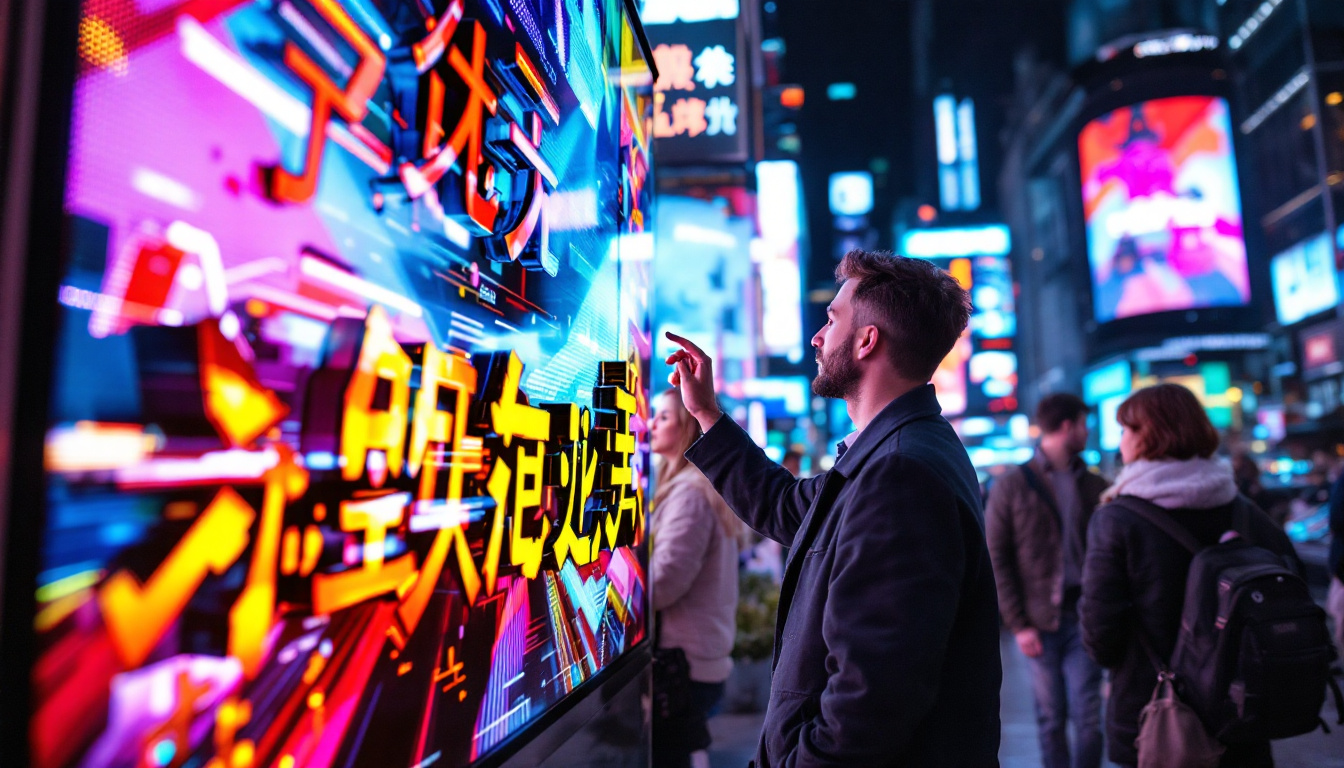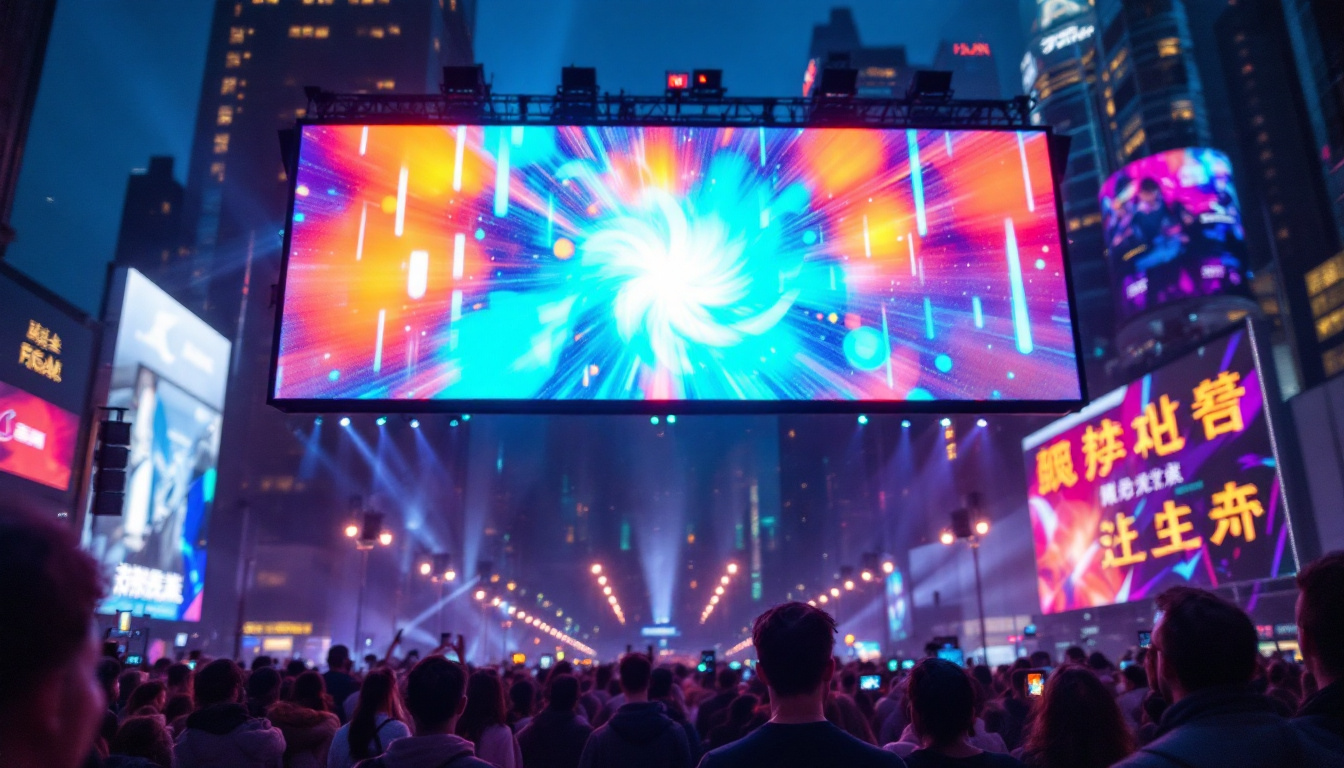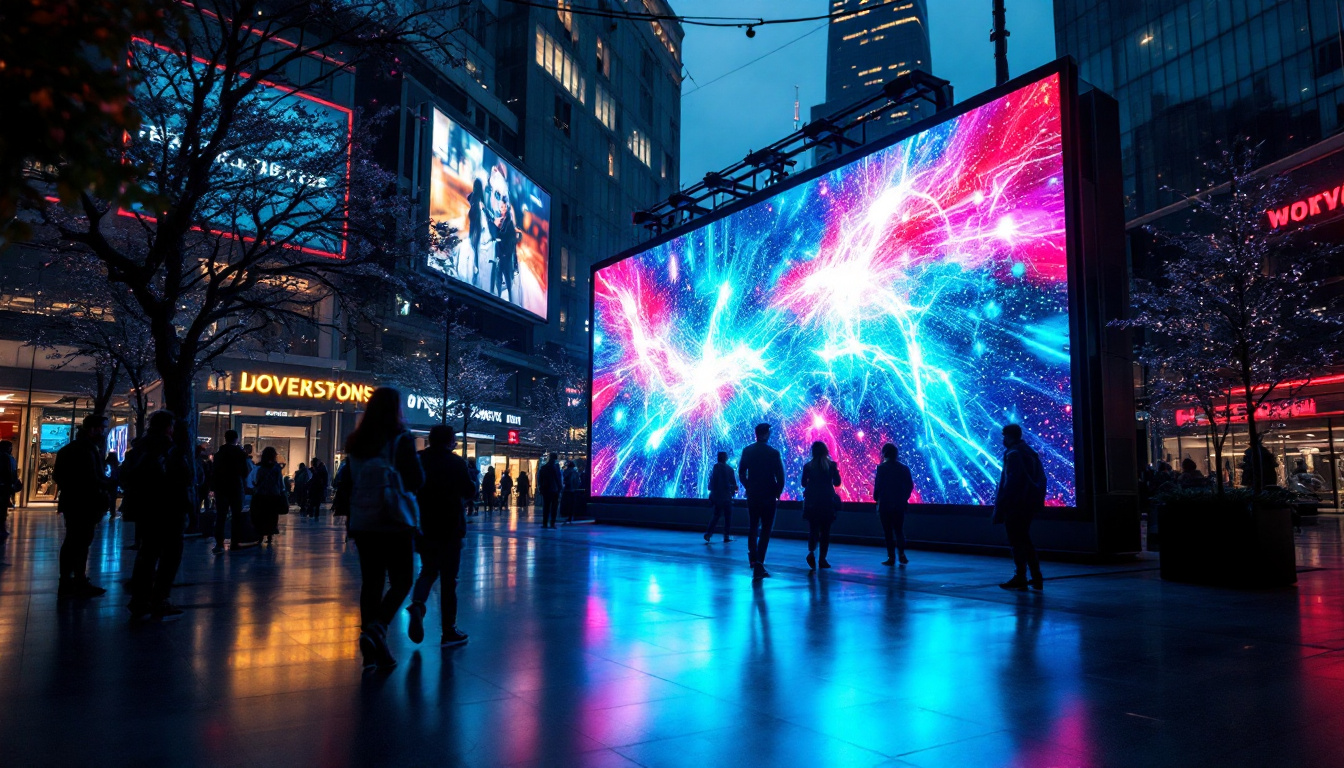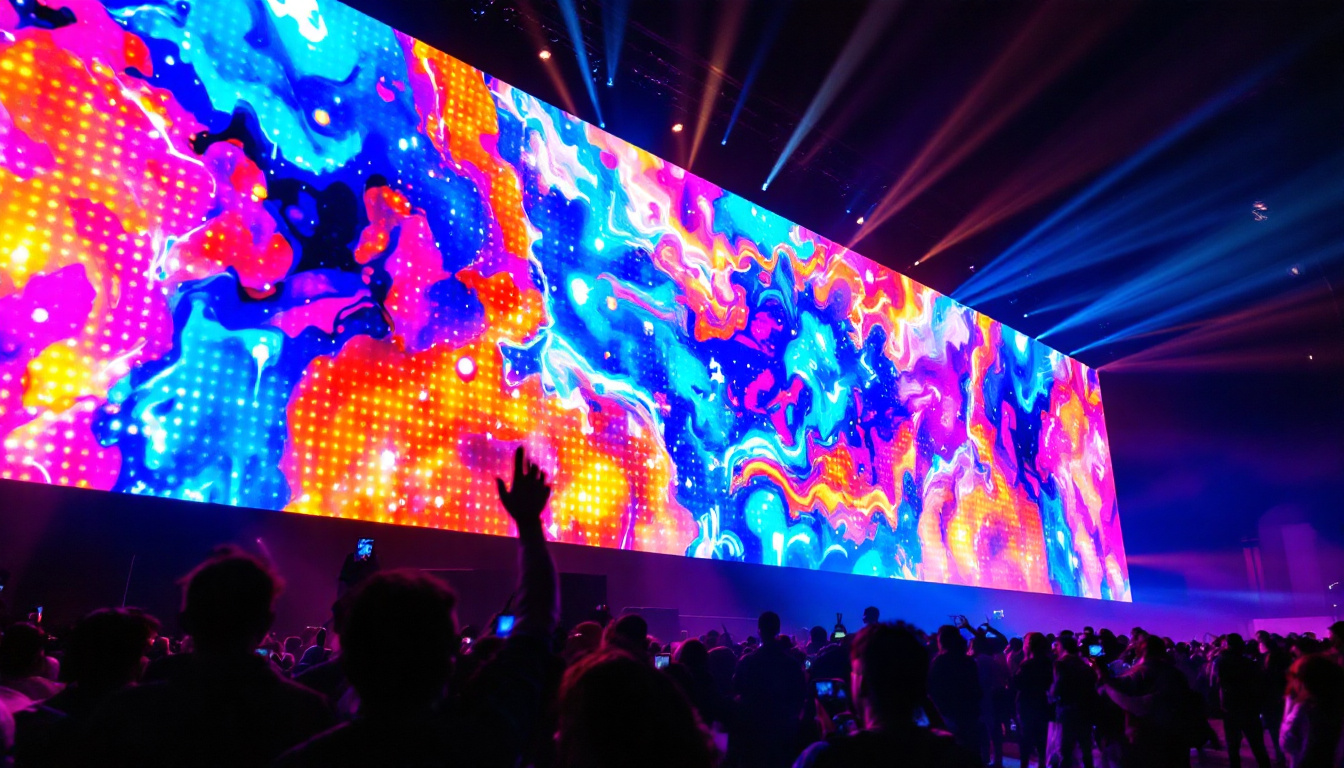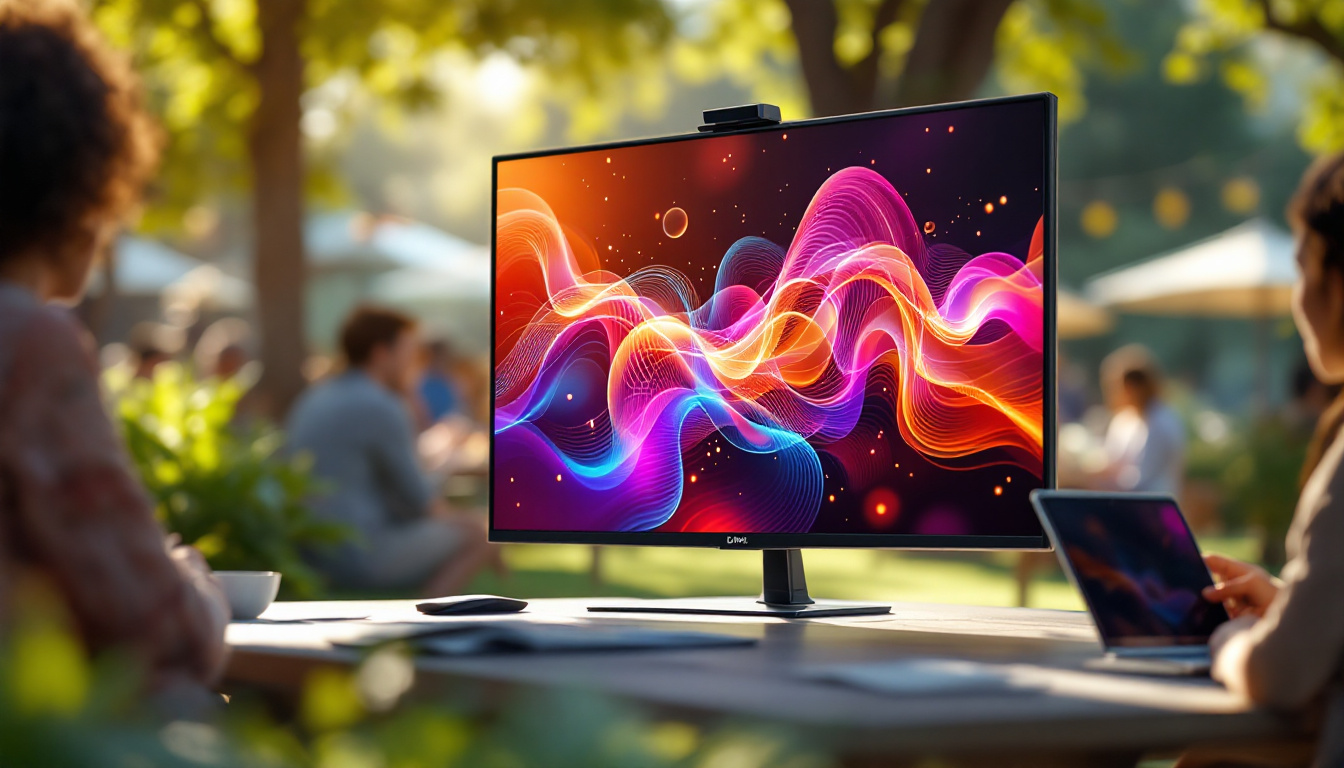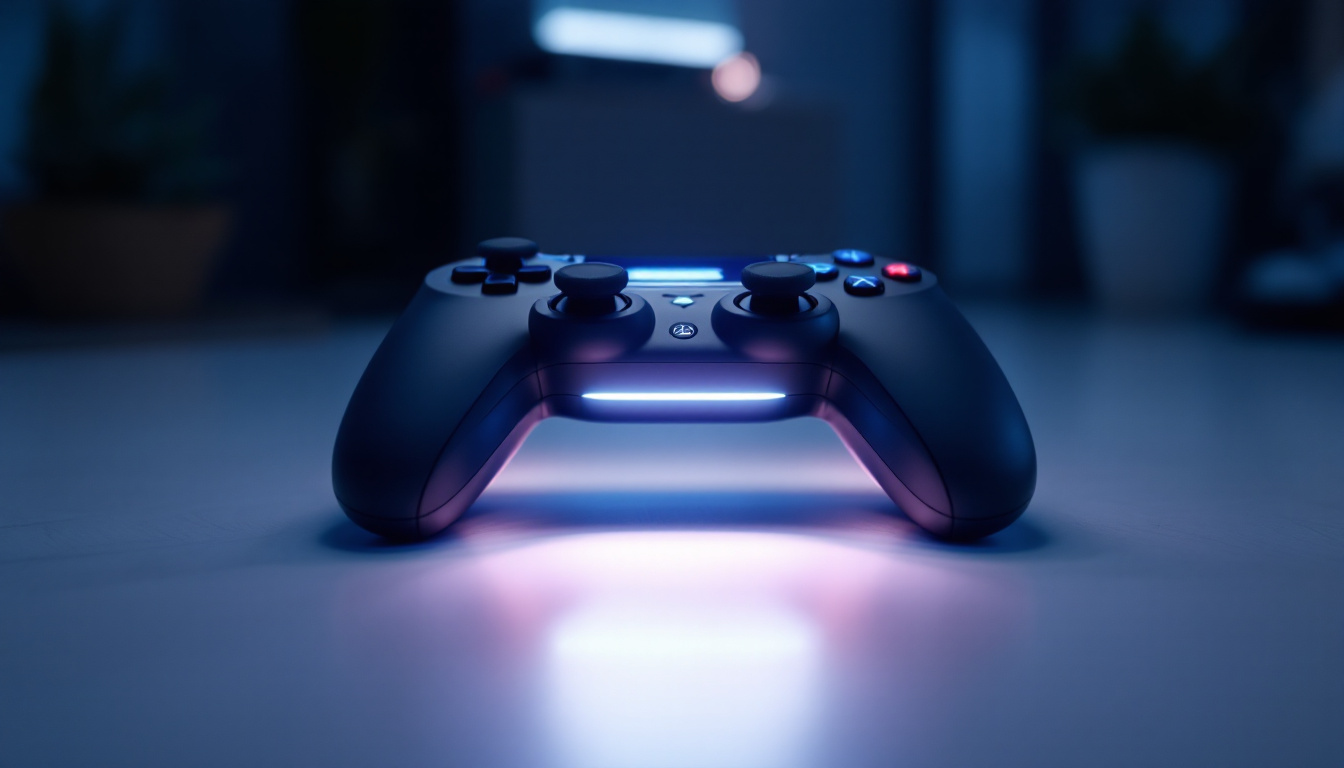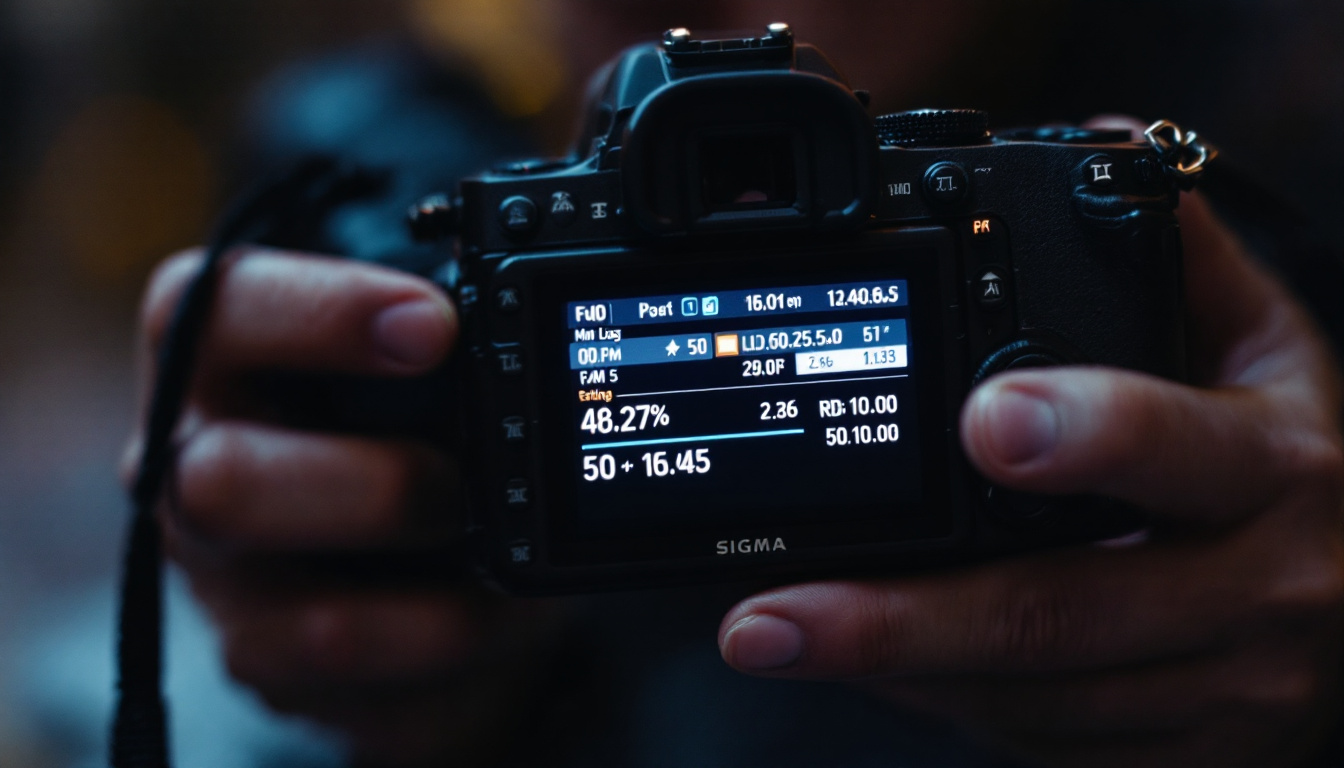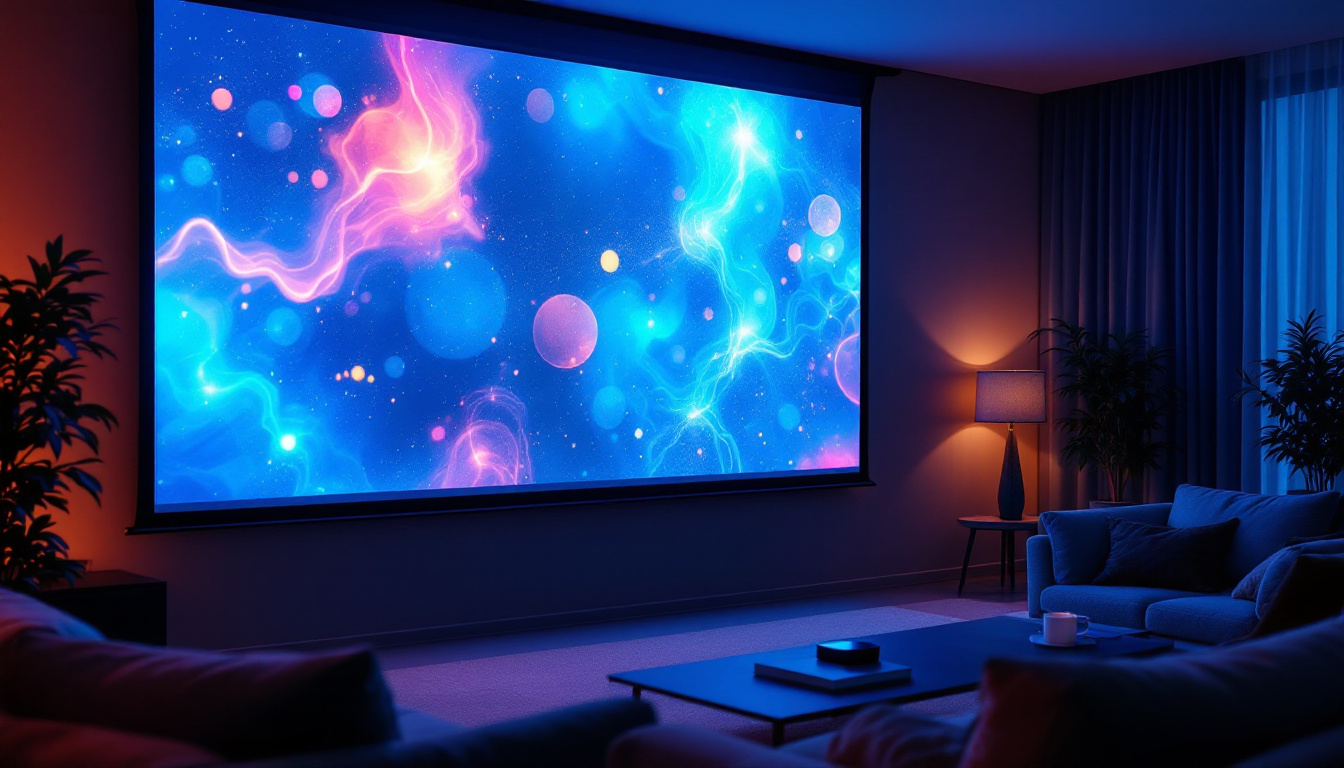In the ever-evolving world of technology, touch screen computer monitors have emerged as a significant innovation. These devices combine the functionality of traditional monitors with the intuitive interface of touch technology, making them an essential tool in various settings, from homes to businesses. This article delves into the intricacies of touch screen monitors, particularly focusing on LED displays, their benefits, and their applications.
Understanding Touch Screen Technology
Touch screen technology has revolutionized the way users interact with computers and other digital devices. Unlike traditional monitors that rely solely on a keyboard and mouse, touch screens allow users to engage directly with what is displayed on the screen. This direct interaction can enhance user experience and increase productivity.
Types of Touch Screen Technology
There are several types of touch screen technologies available today, each with its unique characteristics and applications. The most common types include resistive, capacitive, and optical touch screens.
Resistive touch screens are made of two flexible layers separated by a small gap. When pressure is applied to the screen, the layers touch, registering the input. This technology is cost-effective and works well with gloves or styluses, making it suitable for industrial applications. These screens are often found in environments where durability is essential, such as in kiosks or medical devices, where users may not always have bare fingers available to operate the device.
Capacitive touch screens, on the other hand, use the electrical properties of the human body to detect touch. These screens are more responsive and offer better image clarity, making them popular in smartphones and tablets. However, they typically require direct contact with a finger and may not work with gloves. The rise of capacitive technology has also led to innovations such as multi-touch capabilities, allowing users to perform gestures like pinch-to-zoom, which enhances the overall interaction with the device.
Benefits of Touch Screen Monitors
Touch screen monitors offer numerous advantages over traditional displays. One of the most significant benefits is the enhanced user experience. The ability to interact directly with the screen allows for more intuitive navigation and control, making it easier for users to perform tasks.
Additionally, touch screens can streamline workflows in various professional environments. For instance, in retail settings, touch screen monitors can facilitate customer interactions, allowing for quicker transactions and improved service. In educational settings, they can enhance learning experiences by providing interactive content. Moreover, in healthcare, touch screens can assist medical professionals in accessing patient information swiftly, thereby improving the efficiency of care delivery. The integration of touch technology in these fields not only simplifies tasks but also fosters a more engaging and interactive environment for users, which can lead to better outcomes and satisfaction.
LED Display Technology
Light Emitting Diode (LED) technology has become the standard for modern displays, including touch screen monitors. LED displays offer several advantages over traditional LCD screens, including improved brightness, energy efficiency, and color accuracy.
How LED Displays Work
LED displays utilize a series of light-emitting diodes to produce images. These diodes emit light when an electric current passes through them, creating vibrant colors and sharp images. The technology can be divided into two main categories: edge-lit and backlit displays.
Edge-lit LED displays have diodes positioned around the perimeter of the screen, while backlit displays have a uniform distribution of diodes behind the screen. Backlit displays typically offer better color uniformity and brightness, making them ideal for applications requiring high visual fidelity. Additionally, advancements in LED technology have led to the development of microLED displays, which use microscopic LEDs to create even more precise images and deeper blacks, pushing the boundaries of display technology further.
Advantages of LED Displays
One of the primary advantages of LED displays is their superior energy efficiency. Compared to traditional LCDs, LED monitors consume less power, which can lead to significant cost savings over time. This efficiency is particularly beneficial for businesses looking to reduce their energy bills. Furthermore, the longevity of LED displays is noteworthy; they often last significantly longer than their LCD counterparts, reducing the need for frequent replacements and contributing to less electronic waste.
Moreover, LED displays provide better contrast ratios and color reproduction. This capability is essential for tasks that require precise color accuracy, such as graphic design or photo editing. The enhanced brightness levels also make LED displays suitable for use in brightly lit environments. In addition, the rapid response time of LED technology minimizes motion blur, making these displays ideal for fast-paced video content and gaming. As a result, LED displays have become the preferred choice for both professional and recreational use, catering to a wide range of applications from home entertainment systems to high-end commercial displays.
Applications of Touch Screen LED Monitors
Touch screen LED monitors are versatile devices that find applications in various fields. Their ability to combine touch technology with high-quality displays makes them suitable for numerous environments.
Retail and Hospitality
In the retail sector, touch screen LED monitors are increasingly used for customer engagement and point-of-sale systems. These monitors allow customers to browse products, place orders, and complete transactions with ease. The interactive nature of touch screens enhances the shopping experience, making it more enjoyable and efficient.
In hospitality, touch screen monitors can streamline operations in restaurants and hotels. For example, guests can use touch screens to view menus, place orders, or check in and out of hotels. This technology not only improves service speed but also reduces the workload on staff, allowing them to focus on providing excellent customer service.
Education and Training
Touch screen LED monitors are transforming the educational landscape. In classrooms, these devices can facilitate interactive learning experiences, allowing students to engage with content in a dynamic way. Teachers can use touch screens to display presentations, conduct quizzes, and encourage group discussions.
Furthermore, in corporate training environments, touch screen monitors can enhance training sessions by providing interactive simulations and real-time feedback. This engagement can lead to better retention of information and improved learning outcomes.
Choosing the Right Touch Screen LED Monitor
When selecting a touch screen LED monitor, several factors should be considered to ensure it meets specific needs and requirements. Understanding these factors can help users make informed decisions.
Screen Size and Resolution
The size and resolution of the monitor are crucial elements to consider. Larger screens provide a more immersive experience, particularly in collaborative settings. Higher resolutions, such as Full HD or 4K, offer sharper images and better detail, which is essential for tasks that require precision.
For example, a graphic designer may benefit from a larger, high-resolution monitor to accurately assess colors and details in their work. Conversely, a smaller screen may suffice for basic tasks like browsing the internet or checking emails.
Touch Technology Type
As previously mentioned, different touch technologies have distinct advantages and disadvantages. Determining the appropriate type of touch technology is essential based on the intended use. For instance, a resistive touch screen may be preferable in industrial settings where users might wear gloves, while a capacitive screen may be better for consumer applications.
Connectivity Options
Connectivity is another critical consideration. Touch screen monitors should offer a variety of ports, such as HDMI, USB, and DisplayPort, to ensure compatibility with various devices. Additionally, features like wireless connectivity can enhance flexibility and ease of use, particularly in collaborative environments.
Maintenance and Care for Touch Screen Monitors
Proper maintenance and care are essential to ensure the longevity and optimal performance of touch screen monitors. Regular upkeep can prevent issues and enhance the user experience.
Cleaning and Care
Cleaning touch screen monitors requires special attention to avoid damaging the screen. It is advisable to use a soft, lint-free cloth and a gentle cleaning solution specifically designed for electronics. Harsh chemicals or abrasive materials can scratch the surface or damage the touch sensitivity.
Additionally, users should avoid applying excessive pressure when cleaning the screen. Regular cleaning can help maintain clarity and responsiveness, ensuring the monitor functions effectively over time.
Software Updates
Keeping the software and drivers up to date is vital for the performance of touch screen monitors. Manufacturers often release updates that improve functionality, fix bugs, and enhance security. Regularly checking for updates can ensure that the monitor operates smoothly and efficiently.
Future Trends in Touch Screen Technology
The future of touch screen technology is promising, with continuous advancements on the horizon. As technology evolves, several trends are expected to shape the development of touch screen monitors.
Integration with Artificial Intelligence
One of the most significant trends is the integration of artificial intelligence (AI) into touch screen technology. AI can enhance user interactions by providing personalized experiences and predictive capabilities. For instance, touch screens could learn user preferences and adapt accordingly, making interactions more intuitive.
Advancements in Display Technology
Future developments in display technology, such as OLED (Organic Light Emitting Diode) and MicroLED, are also on the rise. These technologies promise even better color accuracy, contrast ratios, and energy efficiency compared to traditional LED displays. As these technologies become more mainstream, touch screen monitors will likely benefit from enhanced visual performance.
Conclusion
Touch screen computer monitors with LED displays represent a significant advancement in user interaction and display technology. Their versatility and intuitive nature make them suitable for various applications, from retail to education. As technology continues to evolve, touch screen monitors will likely become even more integrated into everyday life, enhancing productivity and user experiences.
Understanding the intricacies of touch screen technology and LED displays can help users make informed decisions when selecting the right monitor for their needs. With proper care and maintenance, these devices can provide exceptional performance and longevity, making them a valuable investment in today’s digital landscape.
Discover LumenMatrix’s Innovative LED Display Solutions
Ready to elevate your interactive experiences with the latest in touch screen LED technology? Look no further than LumenMatrix, a pioneer in crafting visually stunning and technologically advanced LED display modules. From enhancing brand presence with Indoor and Outdoor LED Wall Displays to capturing the excitement of live events with LED Sports Displays, LumenMatrix offers a comprehensive range of solutions tailored to your unique needs. Embrace the future of visual communication and check out LumenMatrix LED Display Solutions today to see how you can transform your space into a dynamic and engaging environment.

